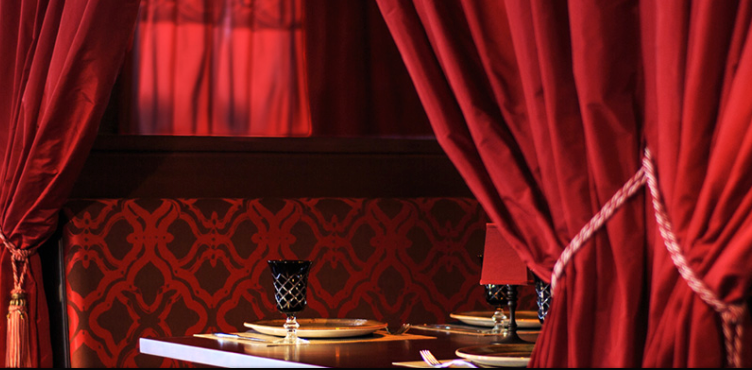- Be curious, relentlessly curious: In Leonardo's case, he wanted to understand everything. What makes people yawn, why the sky was blue, what a woodpecker's tongue looked like. He wrote down everything he wanted to learn then relentlessly pursued the answers.
- Seek knowledge for its own sake: "Not all knowledge needs to be useful. Sometimes it should be pursued for pure pleasure."
- Retain a childlike sense of wonder: Leonardo never stopped wondering about everyday phenomena. Why do we?
- Observe: Observe everything. Everything! Endeavor to really see something. How plants bend in the wind, people's emotions, the movement of animals and people, how light plays off objects. Then wonder how they happen.
- Start with the details: Record things meticulously. Leonardo tells us in his notebooks: "If you wish to have a sound knowledge of the forms of objects, begin with the details of them, and do not go on to the second step until you have the first well fixed in memory."
- See things unseen: Use your imagination. What if...?
- Go down rabbit holes: Isaacson tells us that Leonardo filled the opening pages of one of his notebooks with 169 attempts to square a circle. If you are fascinated with something, dive deep. Drill down if it makes you happy.
- Get distracted: Leonardo often didn't finish things because he became bored and went after the next shiny object but he made discoveries and had a richer life for having those deeper connections.
- Respect facts: Today we want to question so many things. But Leonardo began with what was known, experimented upon those ideas and found newer facts. "We have to be fearless about changing our minds based on new information."
- Procrastinate: "While painting The Last Supper, Leonardo would sometimes stare at the work for an hour, finally make one small stroke, then leave." He believed in the power of letting ideas marinate. "Men of lofty genius sometimes accomplish the most when they work the least for their minds are occupied with their ideas and the perfection of their conceptions, to which afterwards give form." As an author, I know this to be true.
- Let the perfect be the enemy of the good: Leonardo often would abandon projects that weren't good enough. Or he would carry them around with him for years, perfecting them slowly. As a rule sometimes we need to stop being perfect and move forward. But there are times when being like Leonardo and really perfecting something can be rewarding.
- Think visually: Leonardo drew everything so he could appreciate a thing's visual nature.
- Avoid silos: Leonardo had a mind that wandered everywhere, across all disciplines. This gave him knowledge and perspective that fed work in any genre he was working in, giving him new possibilities to work with.
- Let your reach exceed your grasp: Imagine how you will do things that are bigger than you are. "There are some problems we will never solve. Learn why."
- Indulge fantasy: Leonardo had crazy inventions and ideas, many of them not viable. These inventions inspired thousands of others and gave him new ideas for projects more readily in his grasp.
- Create for yourself, not just for patrons: Again, as an author, this really rings true for me. There may not be ever-flowing money, there may not be rewards, so always look for ways that you can be fulfilled. Take projects that inspire you and turn down those that would not fill your soul with joy.
- Collaborate: Leonardo wasn't a loner. He surrounded himself with countless students, patrons and friends who inspired him and helped him create some of his best works.
- Make lists: And put odd things on them "describe the flight of a bird" or "learn about the tongue of a woodpecker." It helps you stay curious.
- Take notes, on paper: 500 years later, Leonard's books are still around. Our social media presence may not be.
- Be open to mystery: "Not everything needs sharp lines."
I plan to do what I can to channel my inner Renaissance spirit. Maybe this will inspire you a little too.
Describe the tongue of the woodpecker
The tongue of a woodpecker can extend more than three times the length of its bill. When not in use, it retracts into the skull and its cartilage-like structure continues past the jaw to wrap around the bird’s head and then curve down to its nostril. In addition to digging out grubs from a tree, the long tongue protects the woodpecker’s brain. When the bird smashes its beak repeatedly into tree bark, the force exerted on its head is ten times what would kill a human. But its bizarre tongue and supporting structure act as a cushion, shielding the brain from shock.
There is no reason you actually need to know any of this. It is information that has no real utility for your life, just as it had none for Leonardo. But I thought maybe, after reading this book, that you, like Leonardo, who one day put ‘Describe the tongue of the woodpecker’ on one of his eclectic and oddly inspiring to-do lists, would want to know. Just out of curiosity. Pure curiosity.


